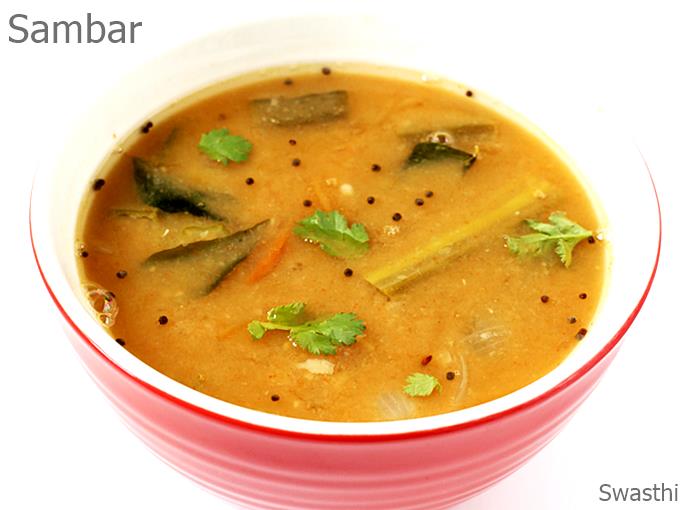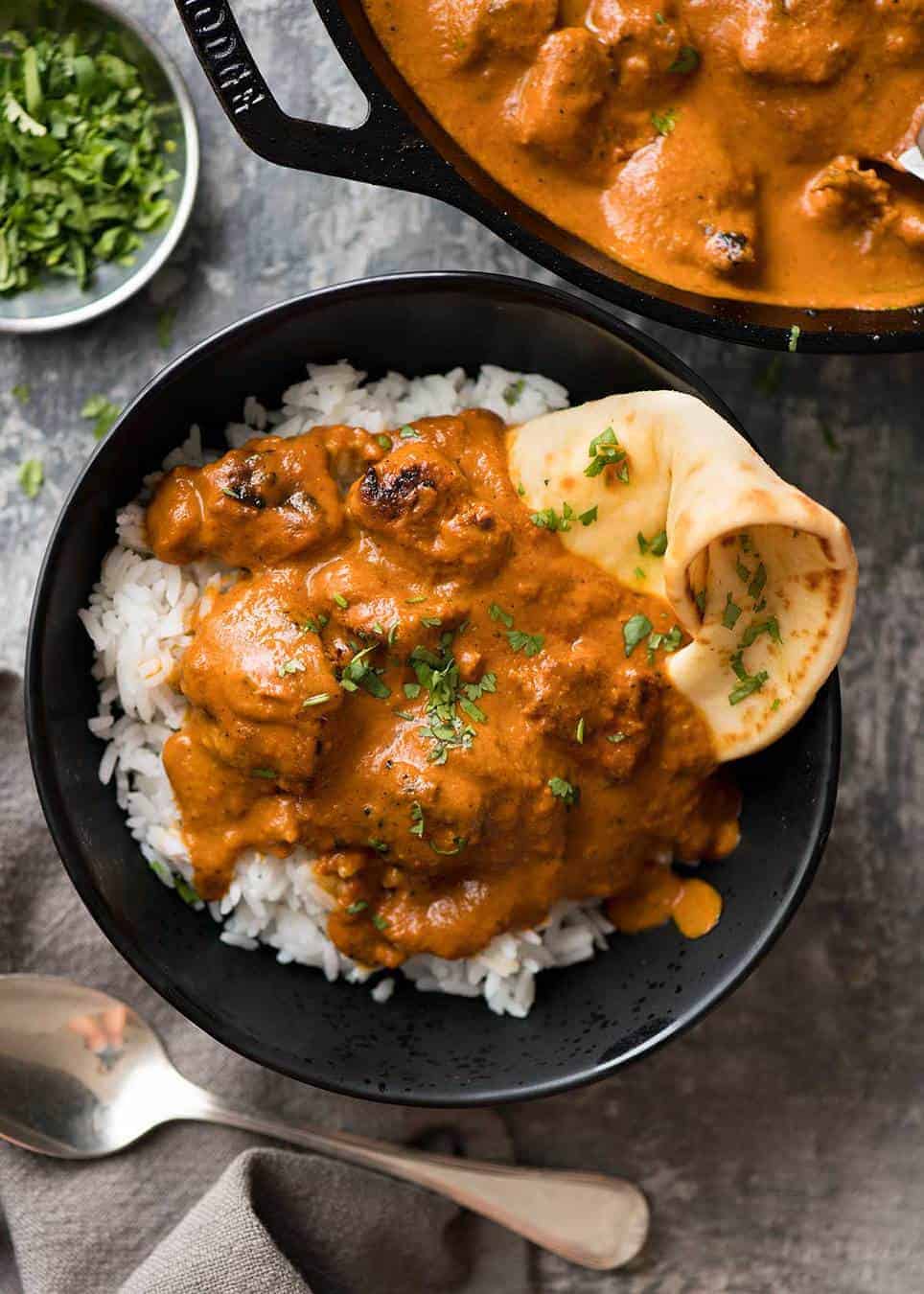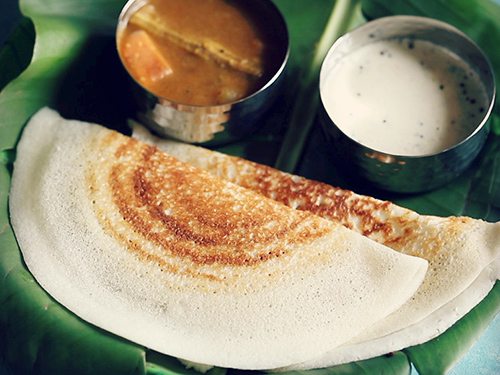Many South Asians tie their cultural experience to the food that they’ve grown up with, and I am no different. While my cultural identity is definitely represented in the foods that I’ve eaten, my family’s own very unique expressions are also shown in specific dishes that we choose to enjoy. Like many South Indians, I enjoyed unique foods that were filled with spice – some of these included dahi vada (lentils soaked in yogurt), puchidi (a type of pounded and often pickled food, ground into a paste), and pesarattu (similar to green crepes). Eating these foods always enabled me to connect back to my culture – whenever I travelled to India, I would see these dishes being made on the streets, cooked in homes, and generally being enjoyed by people everywhere. While my family did make all of these dishes, there were a few that I ate almost everyday. These included sambar (lentil stew) and rice, dosa (crepe), and perrugu (yogurt) rice. These dishes are not uncommon at all in South India, however my family ate them with every meal, which is unique. I found that while eating South Indian food in general at home let me connect back to my culture and my experience as a South Asian American, the foods that I ate specifically with my parents on a regular basis allowed me to stay close to my familial roots.

Similarly to many students in college, I continue to eat South Asian (specifically South Indian food) because it reminds me of my home and experiences that I had while growing up. Perhaps what I find most interesting is that when I eat food that I would usually eat with my parents, it makes me reflect not only on gastronomic experiences, but a wide variety of events that I’ve had and been through that involved food! For example, whenever I eat chicken tikka masala (a north Indian food), I am reminded of the same delicious dish that was served at my cousin’s wedding in 2010. While this dish is often prepared similarly from home to home, most families add a special touch. At the wedding, a secret family recipe was used (to this day, I’m not sure what went into the dish!), but it was delicious, and all the guests who were in attendance continue to rave about it. Similarly, eating dosas (similar to crepes) reminds me of the summers that I would spend in India. Waking up early to avoid the heat, I would go along with my grandfather to pick up foods at them market. My parents never wanted me to eat outside of the house at India, but not realizing the risks, I would always beg my grandfather for a fresh dosa on the way home. By continuing to eat all these different foods, I am not only staying in touch with my familial and cultural roots – I am also connecting with experiences, moments, and people that have shaped me.
 Chicken Tikka Masala
Chicken Tikka Masala
The ethnic community that I am most familiar with in the Atlanta area is the Indian community. Atlanta is a sprawling city, and therefore, Indian families are often spread miles and miles apart. While it is rare to see most of the Indian population in the city at any one given event, several events put on by regional Indian groups (such as the Telugu Association of Atlanta, for example) draw thousands of Indians that hail from specific parts of India. Atlanta is also a great city to explore the diversity that exists within India itself; families in the area hail from all over India. While all of these families share a common thread in their cultural heritage, they each have individual traditions and regionally-based traditions that shape them, their practices, and the food they cook. This is especially demonstrated by the Indian restaurants in the Atlanta area. Restaurants such as Madras Mantra showcase South Indian food. Cafe Bombay and others cook mostly North Indian food, while locations such as Masti focus on a fusion. I’ve been fortunate enough to be able to interact with the peoples and foods of so many different Indian communities around the Atlanta area, and I’ve learned so much about myself and my roots through the process!

dosa
Links to recipes/photos of mentioned foods:
Dahi Vada: https://www.vegrecipesofindia.com/dahi-vada-recipe/
Puchidi: https://food.ndtv.com/recipe-pineapple-pachadi-260471
Pesarattu: https://www.vegrecipesofindia.com/moong-dal-dosa-pesarattu-a-cripsy-dosa-made-from-moong-dal/
Sambar: https://indianhealthyrecipes.com/andhra-sambar-recipe-how-to-make-south-indian-sambar/
Dosa:
https://cooking.nytimes.com/recipes/1017153-classic-masala-dosa
Perrugu: https://indianhealthyrecipes.com/curd-rice-recipe/
Chicken Tikka Masala: https://www.allrecipes.com/recipe/45736/chicken-tikka-masala/

Vivid pictures and annotations of South Indian cuisine! Wish you’d expand on their broader significance and how you’ve come to regard them as important to your personally.